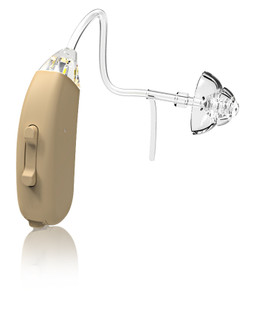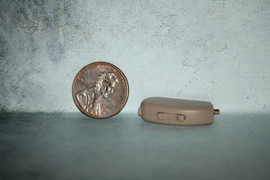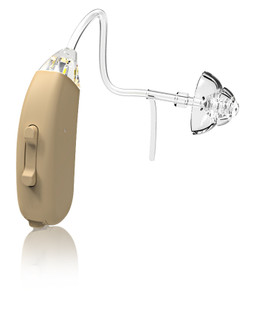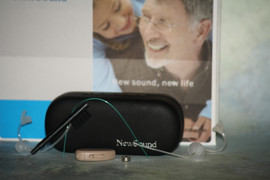Earwax Removal: What You Need to Know
May 02, 2022
Ear blockage is a result of the ear wax secretion not being able to come out of the ear. This can be an uncomfortable situation and can lead to infection or even hearing loss. If you are facing an excess earwax situation, it’s important to understand how Earwax removal can be done safely.
Know this About Earwax
Earwax is the common term used for the secretion (waxy oil) produced by the ear canal, known as cerumen (scientific name). What might seem disgusting and sticky serves some important purposes. Other than providing lubrication and protecting the ear canal itself it also protects the eardrum from bacteria, water, and fungi.
What might cause ear blockage?
While earwax is important for the ear, it shouldn’t be beyond a certain limit. In certain people, the amount of earwax generated is much higher than what is necessary. However, that being said, it is important to know that simply excess generation of earwax does not cause blockage in the ear.
Typical examples that might lead to ear blockage are excess usage of earphones/headphones or the use of cotton earbuds to clean the ear. It might seem shocking but often earbuds, when used to clear the ears, push the earwax even deeper into the ear canal and hence delaying its process of coming out.
Is ear blockage that bad?
Ear blockage can cause several discomforts such as earache, hearing loss and tinnitus. It is recommended that once a person starts experiencing these symptoms, they should consult a doctor, as a delay in the removal of the earwax build up might result in infections, coughing, fever and may even result in persistent hearing loss.
So, yes, earwax removal becomes absolutely necessary when build-up starts. Moreover, remember that if the amount of earwax is large, contact your ENT specialist as soon as possible. For your doctor, removing excess earwax is a piece of cake but that’s not the case when one tries and does it on their own.
What’s and What not’s during earwax removal.
- Avoid using earbuds to clean your ear unless absolutely necessary. If so, then use it carefully and only use it to clean the outer portion of the ear canal. Do not apply much force; it might end up damaging the eardrum.
- If possible, make use of mineral oil or mildly hot baby oil to soften the earwax. That way, the viscosity will decrease and earwax would be able to come out of the ear much more easily.
- Do not poke the ear with any with any kind of object, it might lead to a scratch in the eardrum. Even if the object is soft, do not force it inside the ear, if it is not sterilized, an infection may occur.
- Prefer treatment suggested by your doctor over any other method available on the internet, for example, burning candle method is quite dangerous and should not be done without proper guidance.
Earwax and Hearing
As mentioned earlier, build-up of earwax might result in persistent hearing loss. In fact, even for people with hearing aids earwax may press against the device and might damage the device or temporarily make it dysfunctional.
Those already dealing with tinnitus should right away buy hearing aid online or anyplace available and make sure that you clean them often, that way it will function properly. Also, purchase and keep handy a hearing aid cleaning kit. It has been seen that a majority of hearing aids that go for repair damaged are actually clogged because of earwax. Hence, cleaning of hearing aid becomes very vital for the proper working of the hearing aid.
A lot of brands provide warranty and good quality and inexpensive hearing aids. However, there are some factors that need to be kept in mind while selecting a hearing aid. Select one with compatibility with smartphones, those way phone calls and video conferences would no more be a headache. Secondly, look for in-product cleaning kit along with the hearing aid. One of the options available is Siemens hearing aids; they have cleaning kits that can be purchased additionally.
Be cautious, keep your ears clean
It is not rocket science, just make sure that your ears are clean. When in discomfort contact your doctor and follow guidelines. Minimize usage of earphones and earbuds and keep your hearing aid damage free. All in all, just a few precautions and a proper course of action are all that is needed to stay away from these problems.










